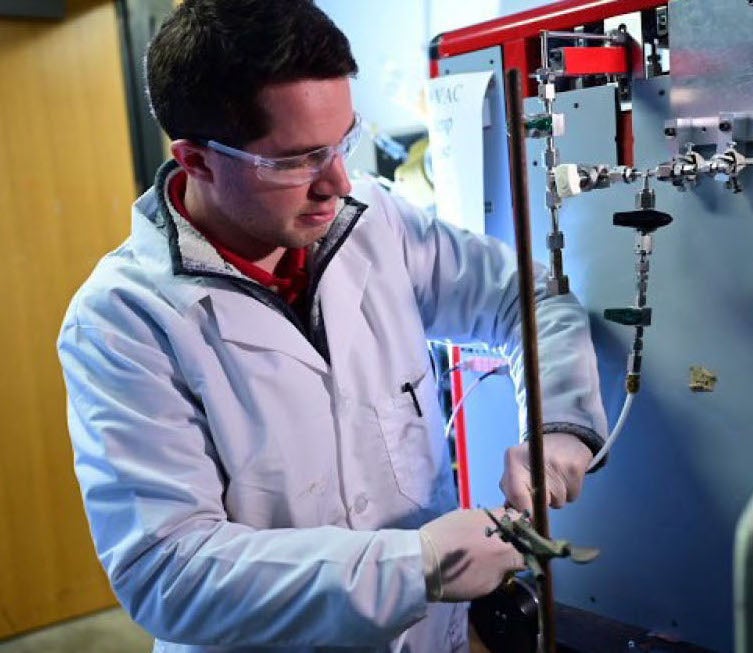Welcome to Rice University National Security Research Accelerator (RUNSRA)!
Rice University is uniquely positioned to offer significant contributions to national security by prioritizing building technology and economic ecosystems focused on disruptive innovation, national security technology acceleration, policy matters, and global commercialization of technologies. At RUNSRA, our mission is to enhance national security by accelerating the discovery, development, and transition of technologies into defense and civilian applications through scientific and engineering collaborations with academia, business, industry, and government partners. RUNSRA encourages multidisciplinary partnerships across our campus by matching the right people and capabilities to meet specific challenges.
We are excited about the opportunity to work with you. If you have any questions or would like more information about RUNSRA efforts, please feel free to contact us.
Vinod Veedu, PhD
Executive Director, RUNSRA
Congressman Dan Crenshaw and Lieutenant General Thomas Todd III joined us for the RUNSRA Ribbon Cutting Ceremony. Congressman Crenshaw delivered remarks on the importance of American innovation and addressed many modern and future challenges. Lieutenant General Thomas Todd III delivered the keynote speech and discussed his perspective on the Army Futures Command mission.


